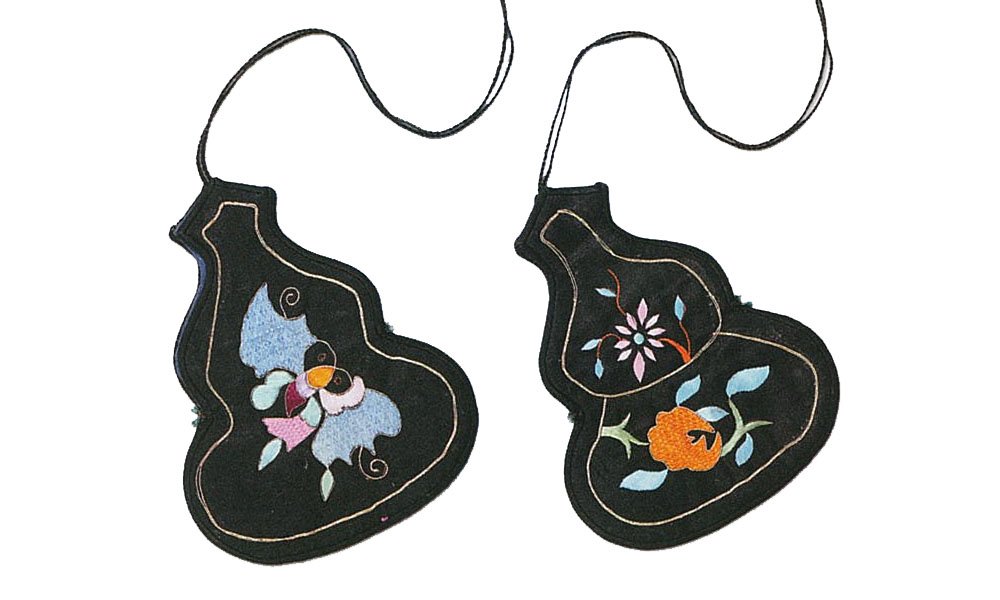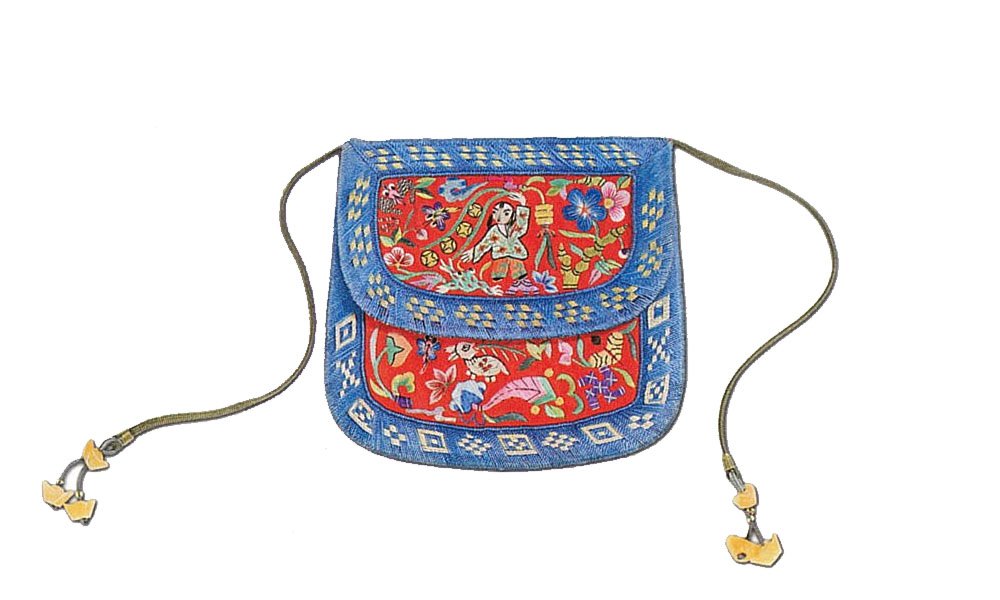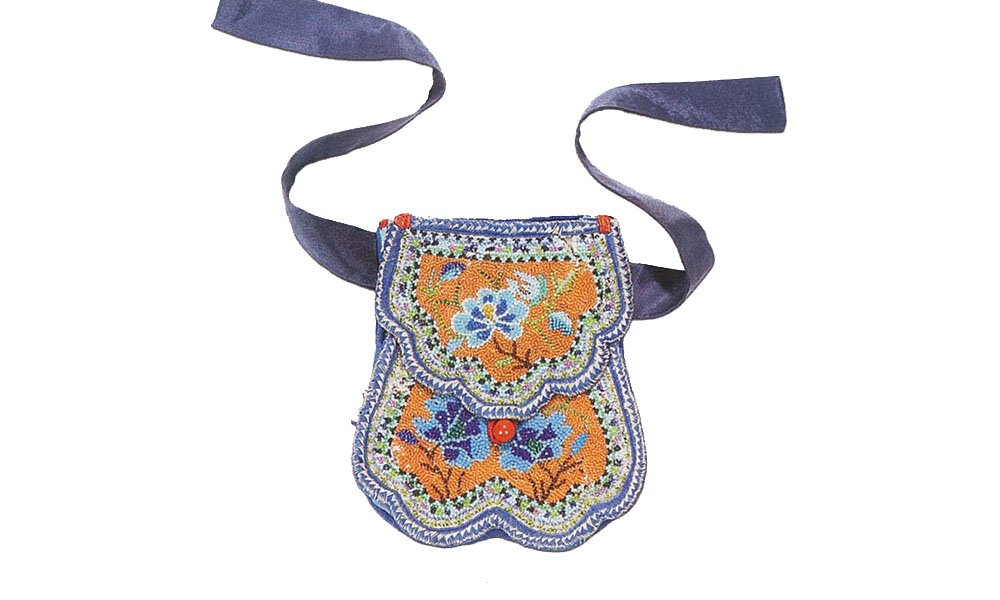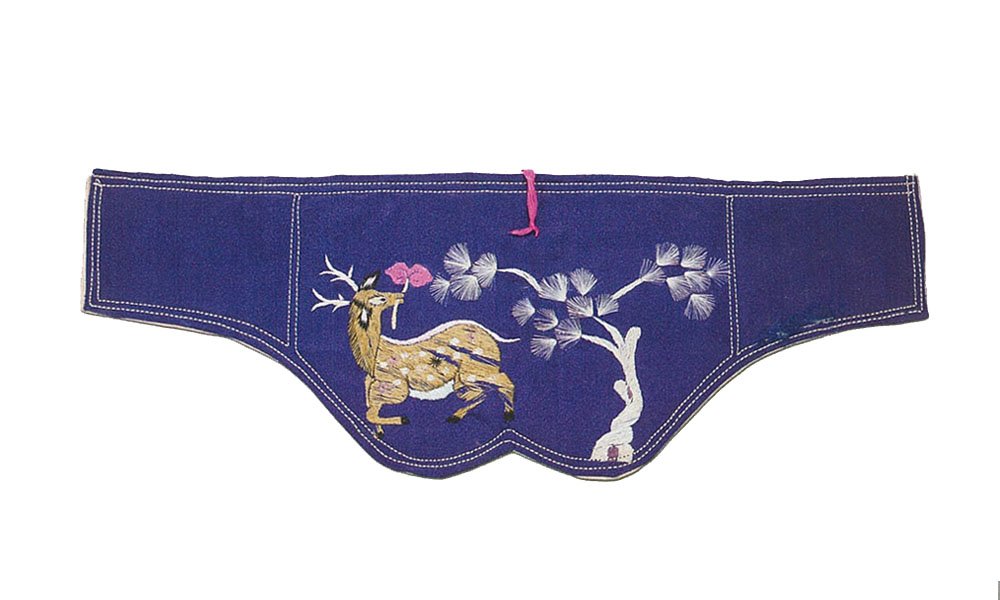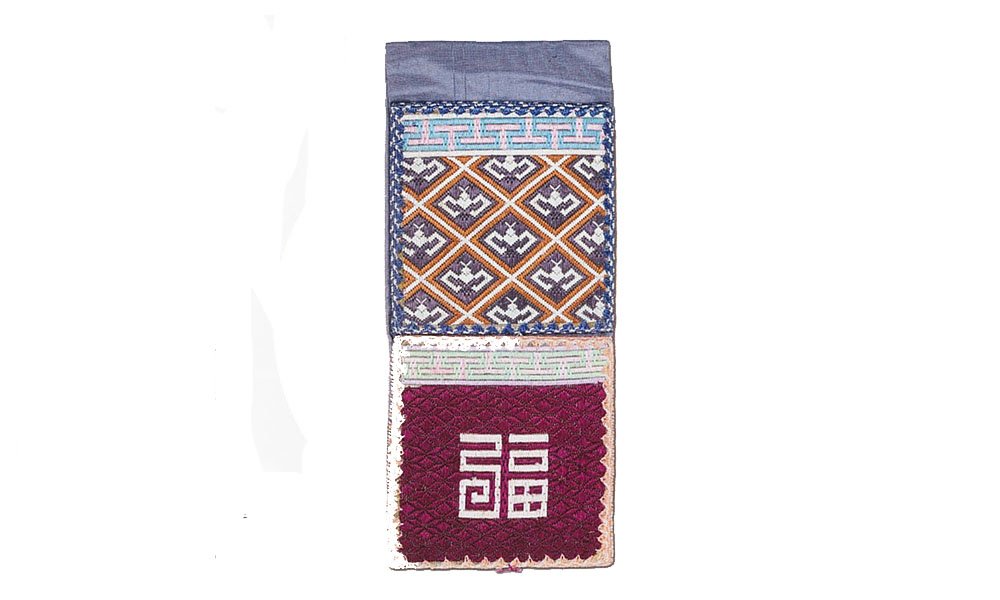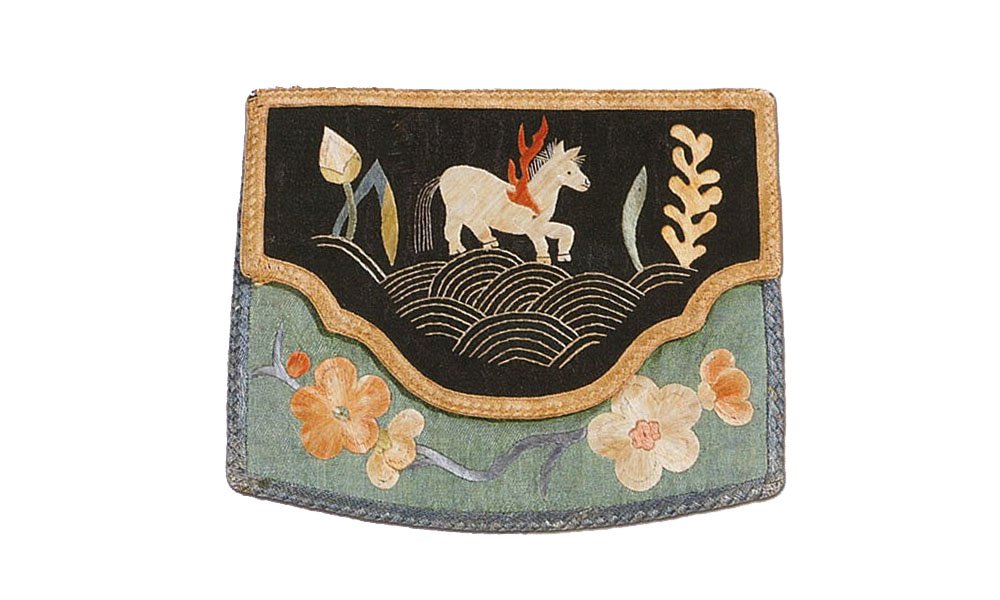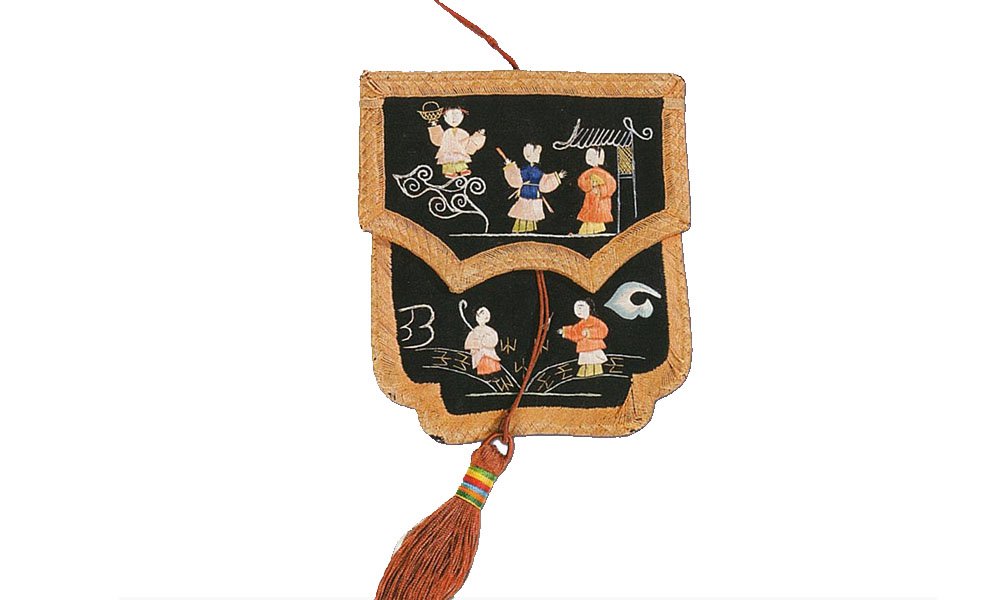The habit of putting things in a bag or container has been a practice for the Chinese for thousands of years. The Book of Rites and Ch’u Tz’u: The Songs of the South – an Ancient Chinese Anthology, both more than 2000 years old, note that people “carry a purse to avoid bad odor or a sachet for chasing away evil.” Because these bags were carried day and night, virtually inseparable from its owners, they not only served a functional purpose but also became an emotional attachment for its wearers.
During the Zhou Dynasty (1122-256 BC), when a girl was about to get married, her mother would prepare a purse for her to wear around her waist as a reminder of the daily teachings from her parents: that she should be diligent and frugal in managing the household, that she should show filial obedience to her elders, and that she should manage relationships between the female relatives in the house. During the Southern and Northern Dynasties (AD 220-589), it was popular practice to gather the morning dw from the leaves of cypress trees, collecting the dew drops into a purse and using the liquid as an eye drop to sharpen one’s eyesight.
This purse is called cheng lu nang (“container for holding morning dew”). There was even a purse named gong yun nang (“cloud tribute purse”), which held the purest air collected from high mountains and from deep forests to present to the high court. What a metaphysical and aesthetical idea! A well-known Chinese opera, Suo Ling Nang, tells the story and fate of a purse which is given by the mother to her newlywed daughter. The purse is filled with the pearls and jewels, equivalent to the young bride’s dowry.
The term, he bao (“lotus parcel”), which describeds the decorative purses adorning official robes, does not appear until the Ming Dynasty (AD 1368-1643). By the Qing Dynasty (AD 1644-1911), purses embroidered with auspicious motifs had become a popular gift item, not only for high officers, but also among the commoners.
There are also fang nang (“square purse”), yao yuan he bao (“round shaped purse”), bao fu he bao (“bag that hugs the waist”), kua bao (“shoulder bag”), just to name a few. Purses held tea leaves, snacks, medicines, betel nuts, keys, spectacles, and all sorts of random items.



